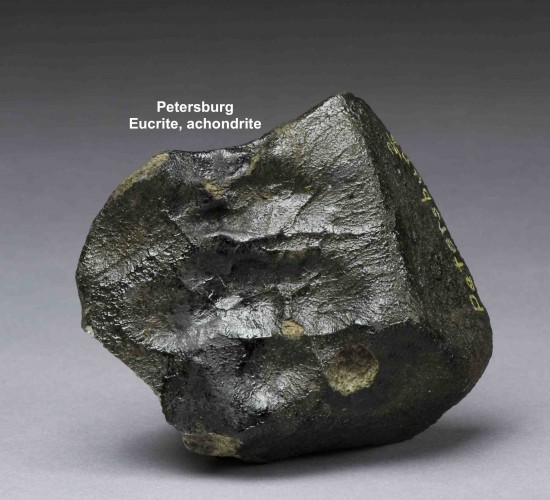

These features are not found on earth rocks. While melting in our atmosphere, iron meteorites typically acquire small oval shaped depressions on their surfaces known as regmaglypts. One of the questions I am most frequently asked is: "How do we know they are real?" An experienced meteorite researcher, hunter, or collector can usually identify a genuine iron meteorite just by looking at it and holding it. Photograph by Leigh Anne DelRay, copyright Aerolite Meteorites. The area pictured is approximately 12 cm in width. Both pallasites and siderites (irons) haveīeen found in the same strewnfield. Glorieta slice detail: Detail of a slice from the Glorieta Mountain meteorite discovered in Santaįe County, New Mexico in 1884. Those that survive and land upon Earth's surface are iron meteorites. Occasionally these fragments encounter our planet and hurtle, melting, through our atmosphere. This liquid metal consisted largely of iron and nickel, which cooled very slowly over a period of millions of years, resulting in the formation of a crystalline alloy structure visible as the Widmanstätten Pattern in iron, and some stony-iron, meteorites that have been sectioned and etched.Ī catastrophic event that led to the destruction of some of these asteroids - such as a collision with another substantial body - scattered iron-nickel fragments into space. Metal is much denser than the rocky liquid, so metal sinks to the center of the asteroid and forms a core."

The two liquids are like oil and water and stay separate. Rhian Jones of the Institute of Meteoritics in Albuquerque succinctly explains the result: "In a melted asteroid, melted rocky material and melted metal do not mix. Their cores are believed to have been heated by radioactive elements and to have reached temperatures around 1,000✬. We also know that at least some asteroids in the Asteroid Belt between Mars and Jupiter once had molten cores, and these bodies were the parents of iron meteorites. As our Earth is the largest of the Terrestrial planets (those composed largely of silicate rocks, as opposed to gaseous planets) it likely has a higher internal temperature than our smaller neighbors: Mars and Mercury. The world imagined by Verne makes for a more exciting film, but without molten planetary cores we would not have iron meteorites.Īstronomers believe that in the early days of our Solar System, more than four billion years ago, all of the inner planets had molten cores. If we actually could make such a journey to the Earth's center, our real-life adventure would be a rather short one, as the core of our planet is a sphere of molten iron with a temperature in excess of 4,000☌. In the classic 1959 adventure film, Journey to the Center of the Earth, based on Jules Verne's wonderful book Voyage au Centre de la Tèrre, a team of explorers led by a very proper and resourceful James Mason, encounter giant reptiles, vast underground caverns, oceans and the remains of lost civilizations in a subterranean world hidden far beneath our planet's crust.


 0 kommentar(er)
0 kommentar(er)
